The materials and selection for automotive connector pins require comprehensive consideration of factors such as electrical performance, mechanical strength, environmental adaptability, and cost. The following provides a detailed introduction:
Commonly Used Materials
1.BrassPins
Characteristics: Excellent electrical conductivity, relatively high mechanical strength, good machinability, and lower cost. It is currently the mainstream material for automotive connector pins.
Applications: Suitable for most standard automotive connectors, particularly prevalent in low-voltage circuits.
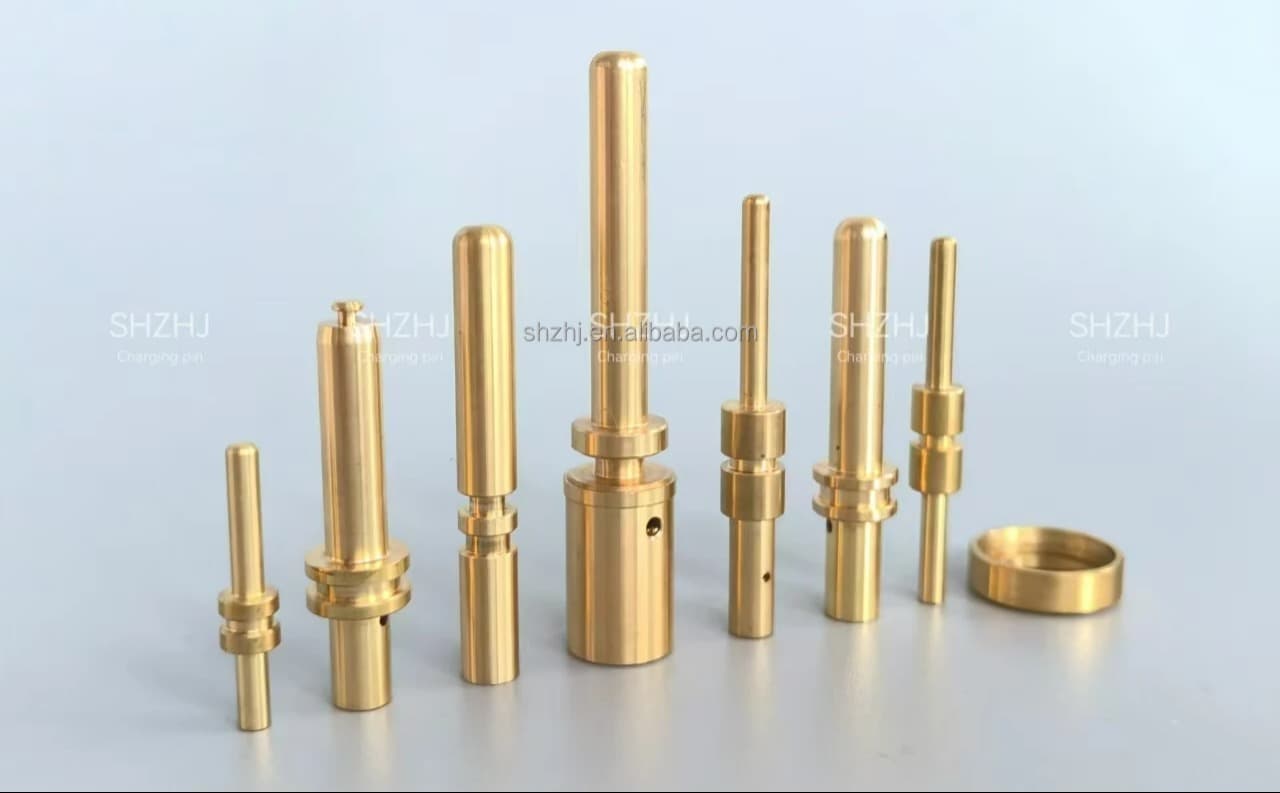
2.Beryllium CopperPins
Characteristics: High elasticity, superior strength, excellent fatigue resistance, capable of withstanding frequent mating/unmating cycles and vibration, with good electrical conductivity.
Applications: Commonly used in high-voltage connectors and scenarios demanding high mating/unmating endurance and reliability, such as battery management systems and charging interfaces in new energy vehicles.
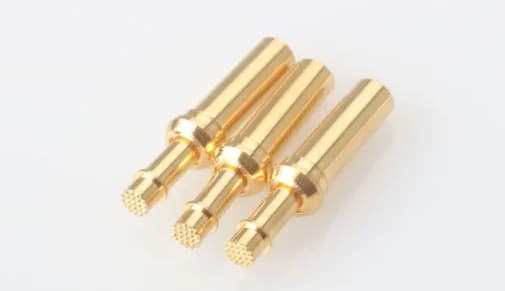
3.Phosphor BronzePins
Characteristics: Superior conductivity compared to brass, good corrosion resistance, moderate elastic modulus, balancing contact resistance and mechanical properties.
Applications: Suitable for pins requiring high conductivity and moderate elasticity, such as signal transmission connectors.
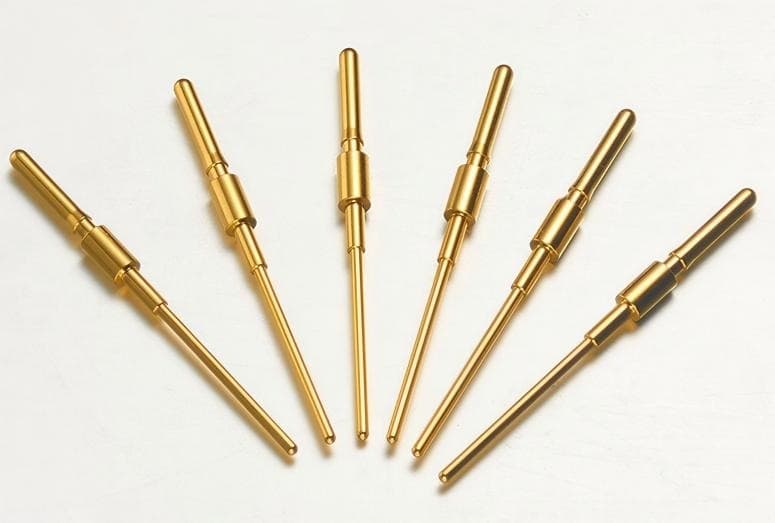
4.Silver-Plated or Gold-Plated Pins
Characteristics: Silver and gold offer exceptional conductivity, significantly reducing contact resistance while enhancing signal transmission quality and corrosion resistance.
Applications: Used in high-end automotive electronics demanding extreme signal integrity, such as autonomous driving sensors and in-vehicle communication modules.
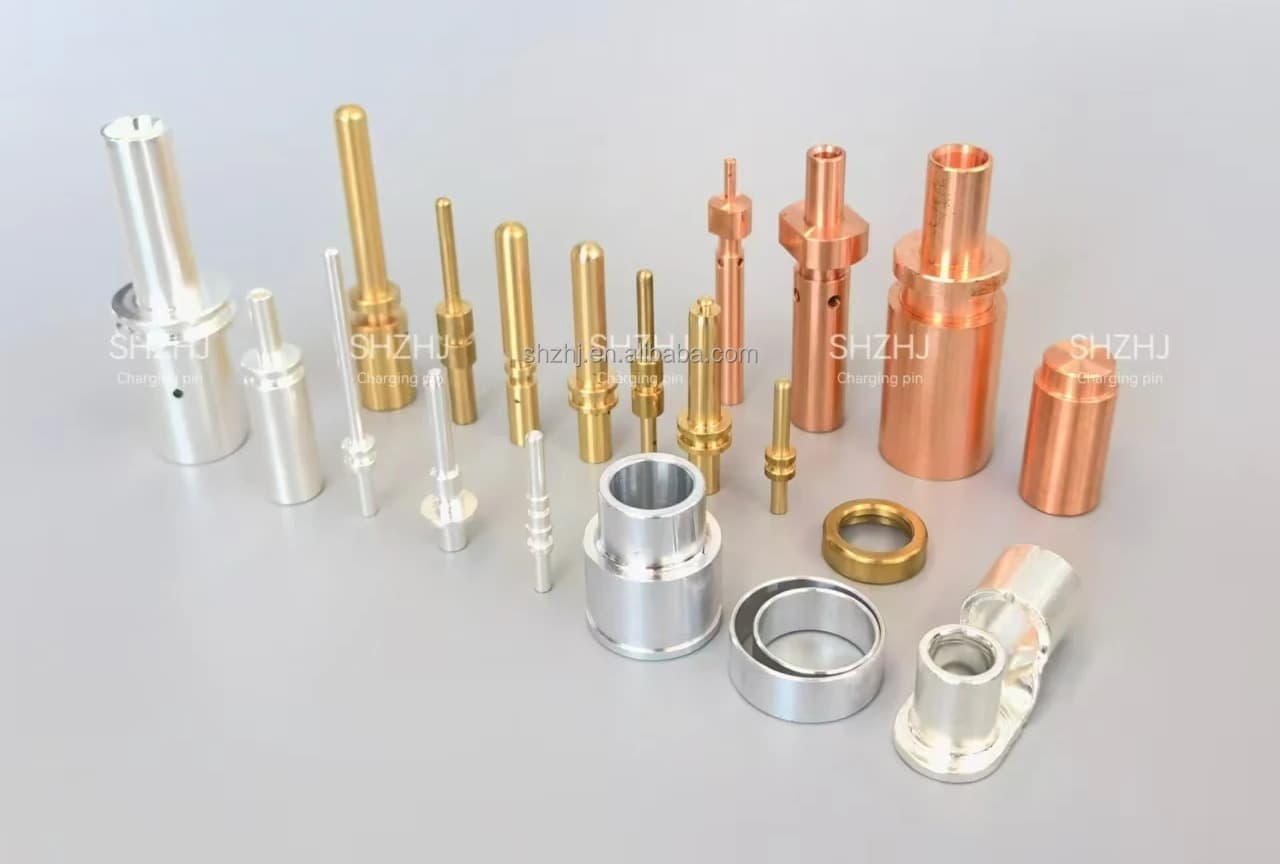
Selection Principles
1.Prioritize Electrical Performance
Select materials with low resistivity (e.g., silver, copper alloys) to minimize contact resistance and ensure stable signal transmission.
For high-voltage, high-current applications, consider the material's current-carrying capacity and temperature rise characteristics.
2.Mechanical Strength and Reliability
Pins must possess sufficient strength and hardness to prevent deformation or damage during insertion/removal.
In high-vibration/impact environments (e.g., engine compartments), select materials with excellent fatigue resistance (e.g., beryllium bronze).
3.Environmental Adaptability
Account for automotive operating conditions including temperature, humidity, and corrosivity.
In humid or corrosive environments, choose corrosion-resistant materials (e.g., gold-plated or silver-plated pins).
4.Cost and Process Feasibility
Balance material costs with performance requirements to avoid over-engineering.
Consider material machinability and production efficiency to ensure scalability for mass manufacturing.
Special Application Scenarios
- High-Voltage Connectors: Prioritize beryllium copper or silver-plated pinsto meet reliability demands under high voltage and heavy current conditions.
- Signal Transmission Connectors: Phosphor bronze or gold-plated pinsmay be selected to ensure low-loss signal transmission.
- Harsh Environment Applications: For high-temperature, high-humidity, or salt-fog environments, corrosion-resistant materials and enhanced protective designs are required.
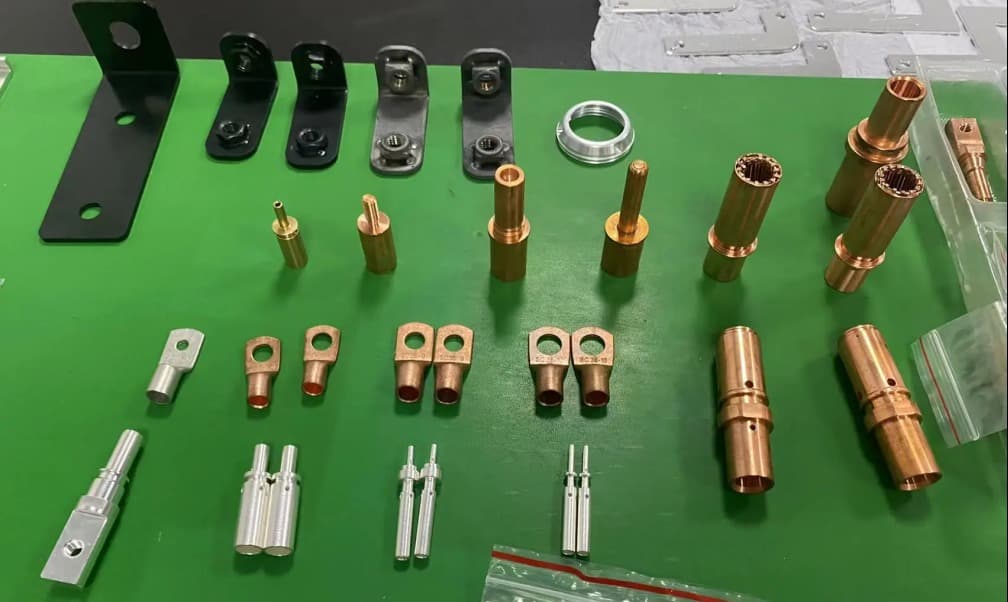
In summary, material selection for automotive connector pins must align with specific application scenarios. Comprehensive evaluation of performance, cost, and reliability ensures stable connector operation under complex automotive conditions.
Post time: Sep-29-2025
